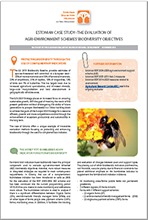
The case of Estonia offers a unique example of innovative evaluation methods focusing on protecting and enhancing biodiversity through the use of complementary indicators.

The case of Estonia offers a unique example of innovative evaluation methods focusing on protecting and enhancing biodiversity through the use of complementary indicators.
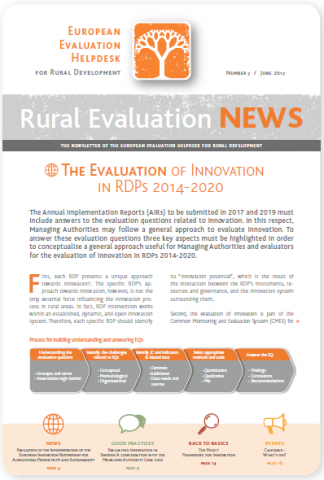
Discover articles on:
Expand your knowledge of:

In 2017, the formative thematic evaluation of the AECMs was conducted. It aimed to estimate the relevance and applicability of the RDP in Mayotte.
The results of the evaluation shed light on the Managing Authorities choices concerning the modifications of Measure 10 to be submitted to the European Commission in order to envisage the opening and the access of the AECMs to farmers of the territory in 2018.
The study evaluates both the overall mechanism of the AECMs and the operational character of the AECMs in Mayotte on an individual basis.

In the programming period 2014-2020 LEADER is implemented as part of Community-Led Local Development (CLLD). The CLLD strategies prepared and implemented through the LEADER method include the description of specific monitoring and evaluation arrangements. These arrangements are the basis for Local Action Groups (LAGs) to carry out the CLLD strategy’s monitoring and evaluation activities. This factsheet provides a brief understanding of the evaluation of LEADER/CLLD.

This report summarises the major outcomes of the Good Practice Workshop, ‘Improving data-management and information systems for the purpose of evaluation’, which was hosted by the European Evaluation Helpdesk for Rural Development.
The 16th Good Practice Workshop of the Evaluation Helpdesk on ‘Improving data-management and information systems for the purpose of evaluation’, took place online on 16-17 March 2021. The overall objective of the workshop was to reflect on innovative experiences in relation to data management and information systems for the purpose of evaluation in the context of the CAP. To this end, the workshop explored EU level projects that deal with data infrastructure, collection and monitoring, seeking to identify their relevance and usefulness for evaluation.
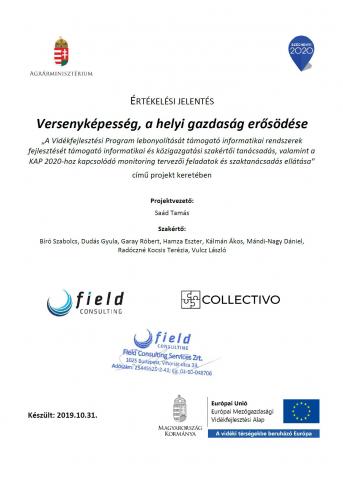
This evaluation examines the growth of competitiveness and the strengthening of economies as a result of the measures of the rural development programme. The report contains a collection of the progress and experiences of the implementation, the examination of the already identifiable outputs and results of the measures, and it formulates preliminary conclusions and recommendations to help plan for the next programming period.

This factsheet presents the main challenges for evaluating the contributions of the two most important sub-measures of the agri-environmental scheme (i.e. integrated and organic production) for GHG emissions.
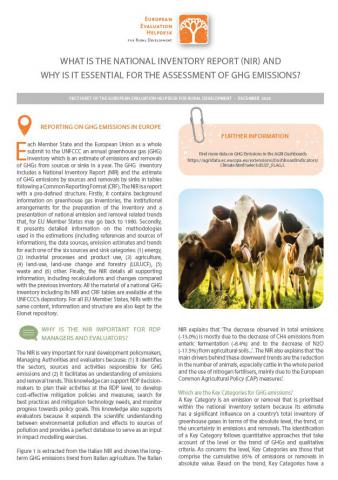
This Factsheet describes what are National Inventory Reports (NIRs) and why they are essential for the assessment of GHG emissions. This factsheet further describes and explores the different tier methodologies used for the assessment of GHG emissions.
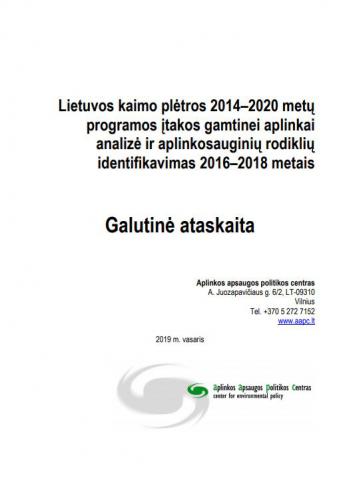
This is report is an evaluation of the Lithuanian Rural Development 2014-2020. The analysis of this report focuses on the impact of the programme on the environment and identification of environmental indicators between 2016–2018
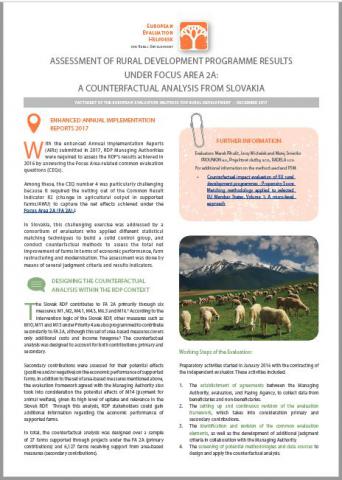
This Factsheet highlights the assessment of rural development programme results under Focus Area 2A in Slovakia, where a counterfactual analysis was used.